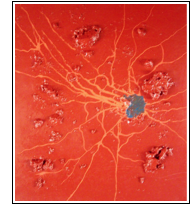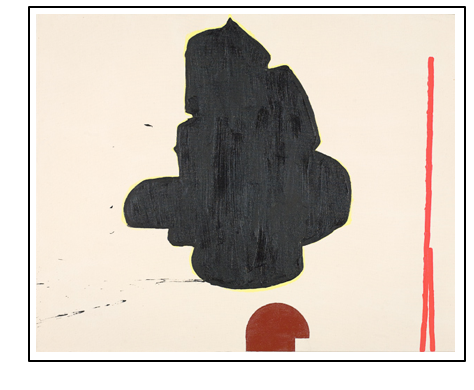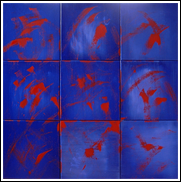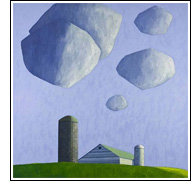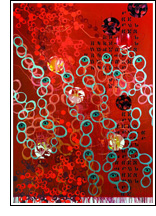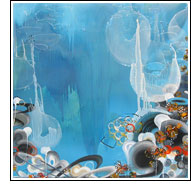Études sur les folksonomies
Après avoir tardé à reconnaître la portée des blogs, les universitaires ne se laisseront pas damer le pion une seconde fois avec les folksonomies. Deux études sur le sujet ont été portées à mon attention le même jour. Cette coïncidence présage-t-elle que 2005 sera l’année des folksonomies sur le Web ? Si c’est le cas, cela marquerait un pas de plus vers une matrice communautaire à grande échelle. …
Dans A del.icio.us study, un étudiant de l’Université Columbia (New York) tente de répondre à trois questions :
- How is meaning created in the distributed classification system through the social sharing of bookmarks?
How is knowledge collectively structured by the use of tags?
What social conventions emerge through the use of the distributed classification system?
La deuxième étude, intitulée Folksonomies Cooperative Classification and Communication Through Shared Metadata, est une analyse critique des folksonomies par Adam Mathes de l’Université de l’Illinois. Le texte, bien structuré, aborde plusieurs points et comprend une intéressante bibliographie. Je reproduis ici la conclusion :
- A folksonomy represents simultaneously some of the best and worst in the organization of information. Its uncontrolled nature is fundamentally chaotic, suffers from problems of imprecision and ambiguity that well developed controlled vocabularies and name authorities effectively ameliorate. Conversely, systems employing free-form tagging that are encouraging users to organize information in their own ways are supremely responsive to user needs and vocabularies, and involve the users of information actively in the organizational system. Overall, transforming the creation of explicit metadata for resources from an isolated, professional activity into a shared, communicative activity by users is an important development that should be explored and considered for future systems development.
Par ricochet :
Frassle : un nouvel outil pour les tags
Vous pouvez suivre les commentaires en réponse à ce billet avec le RSS 2.0 Vous pouvez laisser une réponse, ou trackback.
